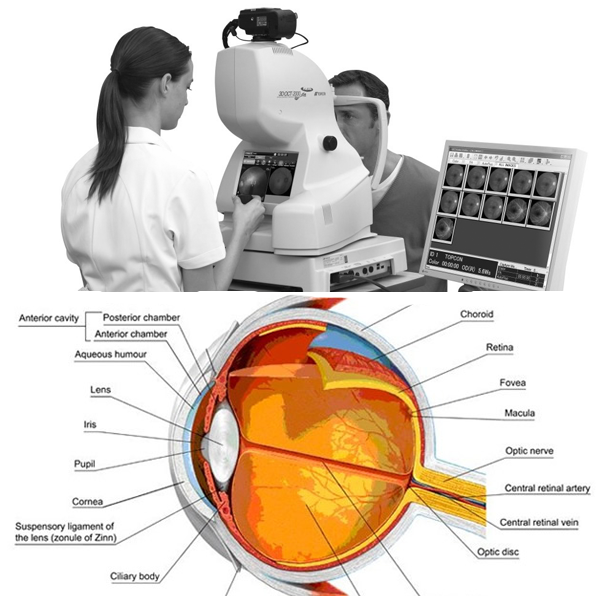Squint / Amblyopia
What is Amblyopia?
Amblyopia is a condition where the vision in an eye is poor because it is not used enough in early childhood and therefore doesn't develop well. The reason for this underuse is that this eye has poorer vision than the other. In most cases, only one eye is affected, although it can affect both eyes. Amblyopia is often called a lazy eye. In some cases of amblyopia caused by anisometropia, the problem can sometimes be corrected by glasses. In most cases, however, glasses do not help.
What disorders can cause amblyopia?
Various eye disorders can cause amblyopia. The three most common causes are:
Squint (strabismus)
A squint is a condition where the eyes do not look together in the same direction. Whilst one eye looks straight ahead, the other eye turns to point inwards, outwards, upwards or downwards. This may happen all the time or just when concentrating or when the eye is tired.
If the eyes are not straight (aligned), they focus on different things. The result is that the brain ignores the signals from one of the eyes to avoid seeing double. This means that only one eye is used to focus on objects and the other eye can become 'lazy' (amblyopic), not getting a chance to develop its brain pathways. Most cases of squint occur in early childhood - the critical time when the brain is learning to see.
In some children with squint, the vision in each eye remains normal. In these children, the eye that is used to focus changes from time to time. Consequently, the visual pathways get a chance to develop from both eyes. However, in most cases of squint, one eye remains the dominant, focusing eye. The other turned (squinting) eye is not used to focus, and then fails to develop the normal visual pathways in childhood and amblyopia develops.




